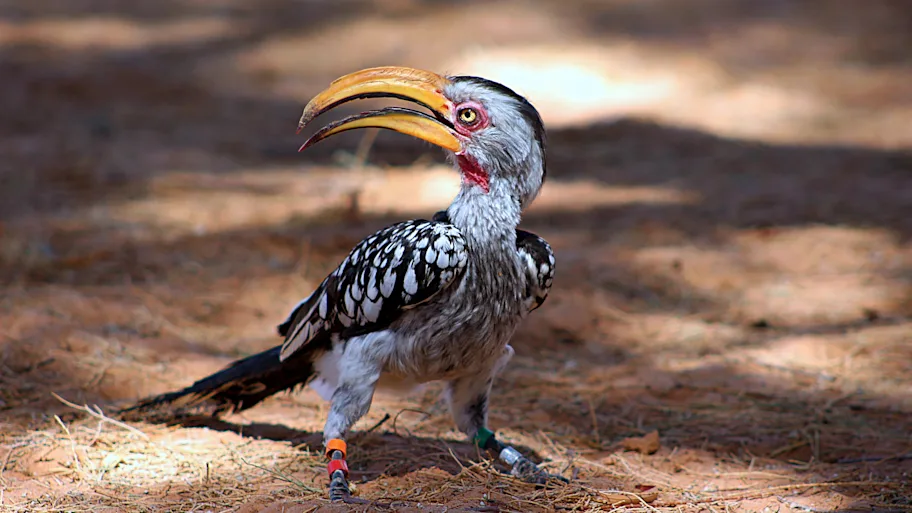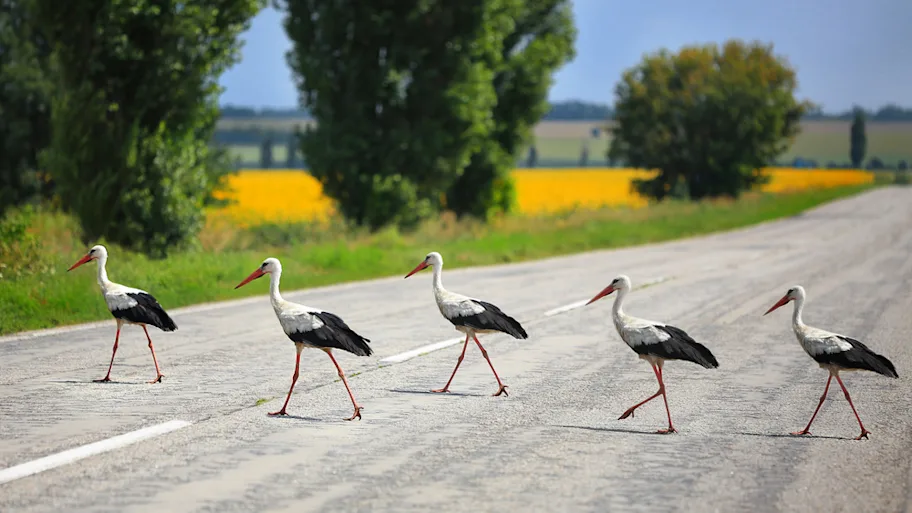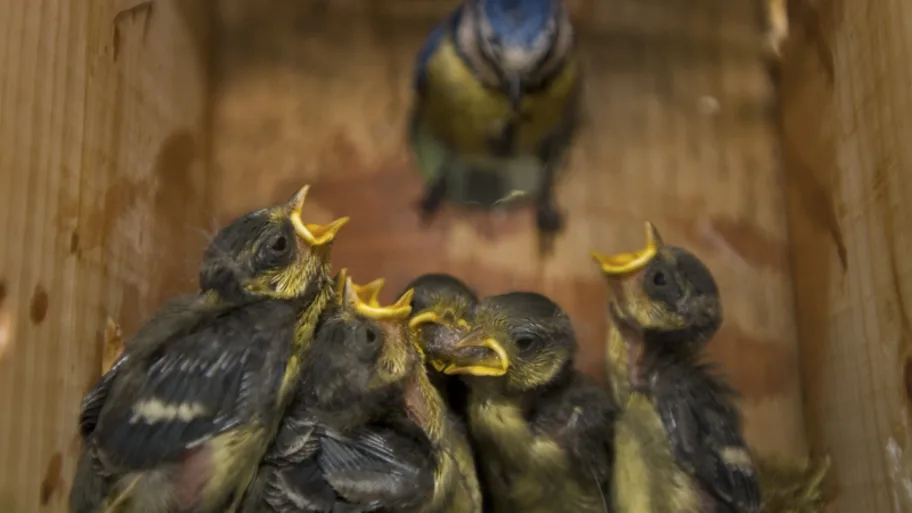
- Science News
- Climate action
- Extreme heat harms forest-dwelling bird chicks more than city ones
Extreme heat harms forest-dwelling bird chicks more than city ones
By K.E.D Coan, science writer

Image: Erni/Shutetrstock.com
Forest bird nestlings are significantly smaller and more likely to die as a result of extreme heat compared to their urban counterparts, reports a new study. This research is among the first to measure the joint impact of urbanization and the climate crisis on wild vertebrate animals. The results suggest that the climate crisis may particularly stress animals in natural settings.
Rising temperatures decreased the survival and body size of forest bird nestlings more than their urban counterparts, shows a new article in Frontiers in Ecology and Evolution. Increasing urbanization and the climate crisis present varied challenges for wildlife, and this is one of the first studies looking at the combined impact of these factors on warm-blooded animals.
Great tits, a common song bird, are a useful model because there are both forest-dwelling and urban populations. Despite cities amplifying hot weather effects — due to the so-called ‘heat islands’ — birds in these habitats seem to have adapted to the heat, indicating that natural populations may be more susceptible to the climate crisis.
“Our results suggest that natural populations may be more vulnerable to more frequent extreme heat,” said lead author Dr Ivett Pipoly, of the University of Pannonia. “We already know several environmental changes that urban populations have adapted, or are adapting, to in cities. It is interesting that urban individuals might adapt better to the climate crisis as well, maybe because they have more experience with heat as they live inside the urban heat island.”
► Read original article► Download original article (pdf)
Prepared for the heat
Cities are hotter than their natural surroundings because they both produce (through the emissions from human activities) and trap (through buildings and paved surfaces) more heat. This urban heat island effect can be lethal for human populations during extreme weather, but there’s less known about the impacts for animals.
To investigate such effects, Pipoly and her colleagues installed hundreds of nest boxes in two Hungarian cities and also in nearby forests (including devices to measure the temperature). During the timeframe of 2013 to 2018, the team observed a total of 760 broods, measuring the size of the two-week old nestlings and their survival.
Even though there were more hot days and higher temperatures inside the cities, these nestlings were relatively unaffected, or even showed slight benefits. Forest nestlings however were smaller and less likely to survive as the number of extremely hot days increased (based on the highest 10th percentile of daily temperatures over the past 26 years).
Survival tactics unknown
These surprising results prompt many questions about whether these trends will hold true for other species and locations. More experiments are needed to understand how urban birds withstand higher temperatures, and why forest birds suffer more.
It is also unknown how these populations respond to the opposite — extreme cold — and it may be that improved heat tolerance has compromised urban birds’ cold resistance.
Although the mechanisms aren’t yet clear, these results highlight the fragility of natural populations and the need to better understand and protect them.
“We could hear about more frequent mass mortality events of wild desert birds, bats and even large herbivores nowadays, which could be a consequence of the vulnerability of natural populations to high temperatures,” added Pipoly.
“It will be extremely important to get more knowledge about the less conspicuous effects of extreme weather events, like the ones we found in great tits, and from several populations with different local environments. Then we can see a more detailed picture of the interactive effects of climate change and urbanization on wildlife and biodiversity.”






